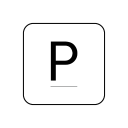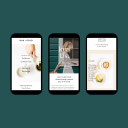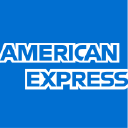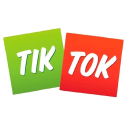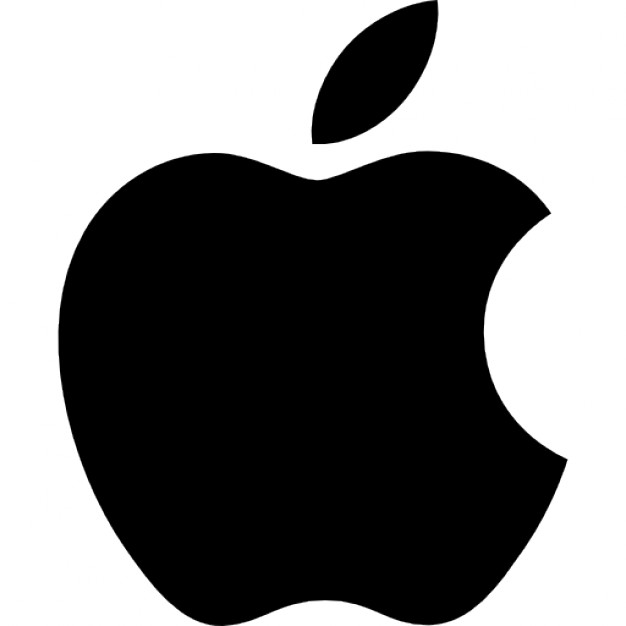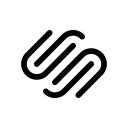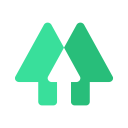How I Started A Personal Styling Service Business And Grew It To $6K/Month Revenue
Hello! Who are you and what business did you start?
Hi! My name is Ashlyn and I’m the founder of Fashivly, an online personal styling service. At the end of the day, we like to say we aren’t just helping people find clothes, we’re helping them find their confidence through personal style.
Our industry-experienced stylists find and put together head-to-toe accessorized looks based on body type, lifestyle, budget, and desired style goals and send digital looks and shoppable links straight to your inbox. We’re solving the problem of getting dressed every day, no matter what the occasion.
We work with clients from every walk of life but they each have a unique primary problem they’re wanting to solve. Some of our clients are executives and editors at leading tech, media, and sports companies in New York and Los Angeles. They love fashion but often don’t have the time (or energy) to create the elevated, cool, and creative looks they need to show up every day.
Another type of client we serve is someone who feels like they’ve lost their sense of personal style (and self) with a recent life change. Many of us went through this post-pandemic, but this person might also have just become a new mom,...

Download the report and join our email newsletter packed with business ideas and money-making opportunities, backed by real-life case studies.

Download the report and join our email newsletter packed with business ideas and money-making opportunities, backed by real-life case studies.

Download the report and join our email newsletter packed with business ideas and money-making opportunities, backed by real-life case studies.

Download the report and join our email newsletter packed with business ideas and money-making opportunities, backed by real-life case studies.

Download the report and join our email newsletter packed with business ideas and money-making opportunities, backed by real-life case studies.

Download the report and join our email newsletter packed with business ideas and money-making opportunities, backed by real-life case studies.

Download the report and join our email newsletter packed with business ideas and money-making opportunities, backed by real-life case studies.

Download the report and join our email newsletter packed with business ideas and money-making opportunities, backed by real-life case studies.

